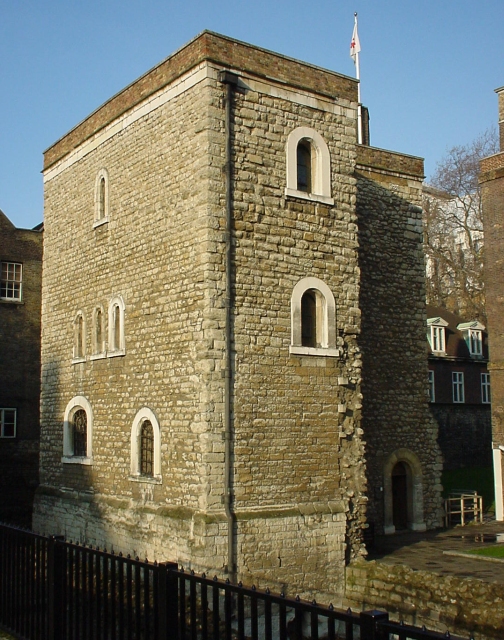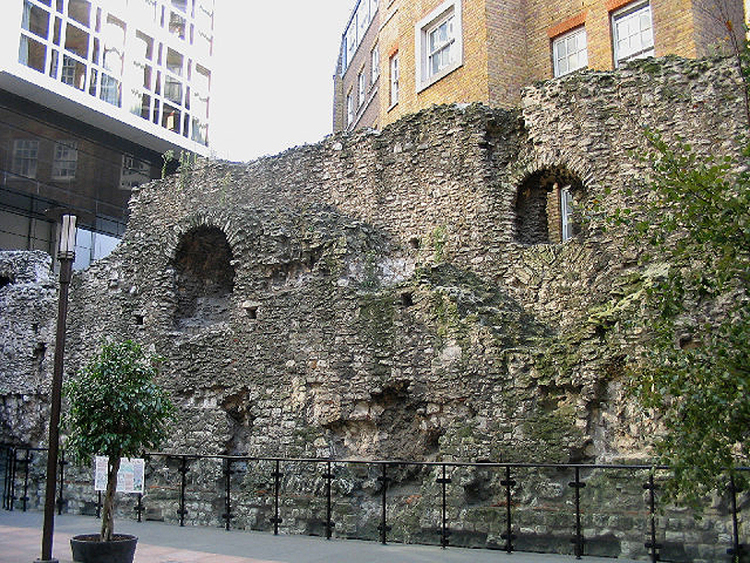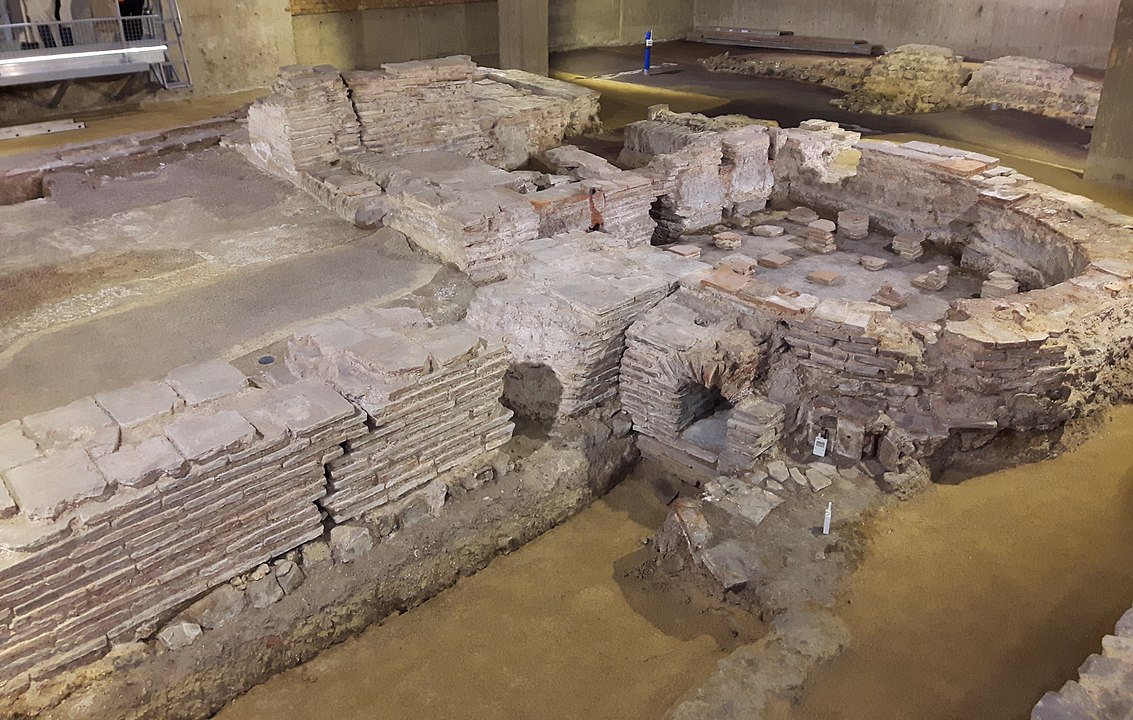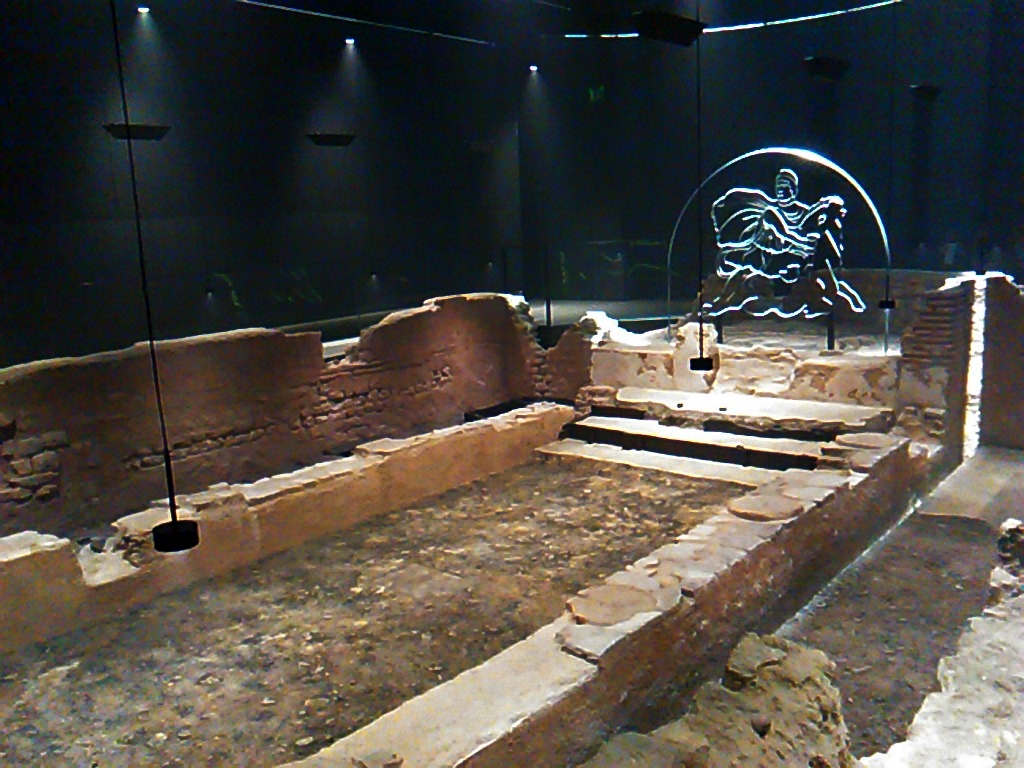The Two Baynard’s Castles: A Tantalising Glimpse At London’s Past
We all know the most imposing structures that remind us of London’s medieval grandeur—Westminster Abbey, the Tower of London, Jewel Tower, Winchester Palace. But there are so many other great buildings we have lost—churches, forts, and townhouses—that have equally fascinating histories to the ones that survived.
Among the lost treasures of this city’s architectural heritage are two buildings that have vanished from the skyline but still linger in legend and lore: Baynard’s Castle. These two structures, built centuries apart, once stood as imposing strongholds, power bases, and settings for some of the most pivotal events in English history. From the Normans to the Tudors, Baynard’s Castle has witnessed it all.
Let’s take a tantalising glimpse at these two Baynard’s Castles and uncover the layers of history, legend, and power they embody.
Baynard’s Castle: The Norman Stronghold
Medieval chronicles suggest the existence of a stronghold at the junction of the rivers Thames and Fleet as early as the reign of Canute the Great. If that is the case, the first Baynard’s Castle might have been rebuilt or reinforced an already existing structure soon after William the Conqueror’s invasion of England in 1066. It was strategically located where the River Fleet flowed into the mighty Thames, just southwest of modern-day St Paul’s Cathedral. This area was a key spot, not just for defence but also for controlling London’s vital river traffic. The Fleet was more of a substantial waterway back then, and Baynard’s Castle guarded this crucial junction.
Ralph Baynard, one of William the Conqueror’s trusted Norman barons and the first Sheriff of Essex, constructed the fortification. A stalwart supporter of the new king, Ralph Baynard was granted substantial land holdings in Essex and London, including the land on which Baynard’s Castle would rise. This Ralph Baynard may well have been the same “Bainardius” mentioned in the Domesday Book, though his exact lineage remains a tantalising mystery.
The Norman castle stood as a traditional motte-and-bailey structure, a wooden keep on an earthen mound. Given its location on the banks of the Thames, it was also well-positioned for riverine defence, securing London’s western flank. Baynard’s Castle would have commanded an impressive view of the river, and its fortifications added to the growing dominance of Norman architecture in a newly conquered England.
But Baynard’s Castle was not merely a fort. Over time, it grew in importance and was associated with some of the most influential families in medieval England, eventually being owned by one of the key figures in the legendary tales of Robin Hood.
Marian Fitzwalter: From Castle Walls to Folklore
By the early 13th century, Baynard’s Castle had passed into the hands of Robert Fitzwalter, a powerful baron and one of the leaders of the Baron’s Revolt against King John. Fitzwalter was a fascinating character, both a rebel and a nobleman, whose life intersected with some of the most famous figures in English legend.
According to folklore, Fitzwalter’s daughter, Marian Fitzwalter, was none other than Maid Marian, the beloved of Robin Hood. Marian the Fair, as she was called, is said to have grown up in the castle, where her beauty and noble spirit captured the hearts of many—including, according to legend, the outlaw Robin Hood. Whether or not this is true, the association between Marian Fitzwalter and Maid Marian has become deeply rooted in England’s folklore. However, it is a historical fact that she caught the eye of no other but King John himself, and his scandalous advances might have provoked the ensuing crisis.
As for her father, Robert Fitzwalter’s rebellion against King John culminated in the Magna Carta’s signing. His leadership in the revolt, however, came at a cost. In retaliation for his disobedience, King John ordered the destruction of Baynard’s Castle. On January 14, 1213, the once-formidable fortress was razed to the ground. The site would remain a ruin for over a century, a silent witness to London’s turbulent past.
The New Baynard’s Castle: A Yorkist Stronghold
In the early 15th century, a new building emerged near the ruins of the original castle, known in the records as a “Hospice called le Old Inne by Pauls Wharfe”. This new Baynard’s Castle, located slightly southeast of its predecessor, near Queenhithe, was less of a defensive fortress and more of a grand, fortified house. It was no longer a Norman outpost but an aristocratic residence.
Baynard’s Castle became particularly significant during the Wars of the Roses, a series of civil wars that gripped England in the 15th century. The Yorkist branch of the Plantagenets used the castle as their London headquarters. During this time, it became a focal point of political intrigue and military strategy. Edward IV, one of the Yorkist claimants to the throne, was known to have gathered his forces there before seizing power. It was at Baynard’s Castle that Edward was proclaimed king, marking one of the most dramatic shifts in English history.
The castle’s new role as a political nerve centre made it more than just an impressive residence. It symbolised the Plantagenet claim to the throne and was a stronghold of legitimacy during the turbulent times of civil war.
Tudor Grandeur and Political Drama
Baynard’s Castle played a vital role in English politics as the Wars of the Roses gave way to the Tudor dynasty. After the victory of Henry VII, the first Tudor king, the royal family repaired and used the house. It was eventually inherited by Henry VIII, who in turn bestowed it upon his first wife, Catherine of Aragon, as part of her dowry. The grandeur and prestige of Baynard’s Castle were undeniable, as it became a key royal residence in the early years of Henry’s reign.
After Catherine’s fall from favour, Baynard’s Castle passed to the Earl of Pembroke, brother-in-law to Henry’s final wife, Catherine Parr. The castle would become a backdrop for some of the most critical events in Tudor politics.
One of the most notable moments in the castle’s history occurred in 1553, during the political crisis that followed the death of Edward VI. Edward, the young Protestant king, had named Lady Jane Grey as his successor, bypassing his Catholic sister Mary. However, this decision proved deeply unpopular. It was at Baynard’s Castle that the Privy Council convened to end Jane’s brief reign and proclaim Mary Tudor as the rightful queen of England. This dramatic shift of power from Protestant to Catholic monarch changed the course of the country’s history, all within the castle’s historic walls.
The Great Fire of 1666: Baynard’s Castle Lost
For all its grandeur, Baynard’s Castle could not escape the devastating events of the Great Fire of London in 1666. Like so many of the city’s landmarks, it was consumed by the flames that swept through London, leaving only smouldering ruins in its wake. The fire, which started in a bakery on Pudding Lane, destroyed much of the city, including St Paul’s Cathedral, and swept west along the Thames. Being so close to the river, Baynard’s Castle was among the many casualties.
London was rebuilt in the aftermath of the fire, but Baynard’s Castle was not. Unlike St Paul’s, which rose again from the ashes, Baynard’s Castle faded into memory, its stones buried beneath the city’s redevelopment.
A Glimpse of What Remains
Today, the legacy of Baynard’s Castle endures in the names of the streets and areas around the site where it once stood. Baynard House, an office block constructed in the 1970s, sits on the approximate location of the original Norman fort, while the surrounding Baynard Street and Castle Baynard Ward further remind the castle’s historical significance.
Though little remains of the actual structure, the stories of the two Baynard’s Castles live on, woven into the fabric of London’s history. From Ralph Baynard’s Norman fortress to the political drama of the Tudors, Baynard’s Castle remains a symbol of the city’s ever-changing landscape—an enduring reminder of London’s past, where legends and history intertwine.






